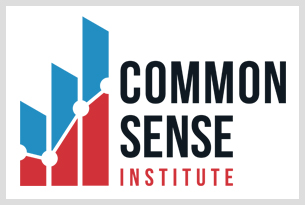Recent Research
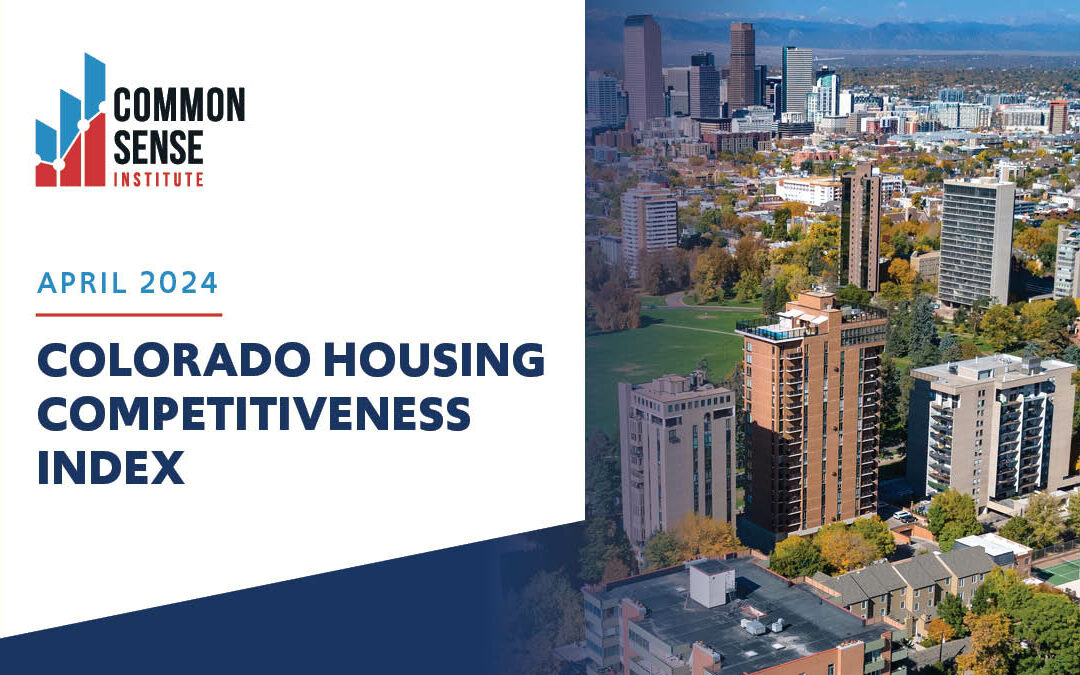
Colorado Housing Competitiveness Index

Denver Migrants Spending and the City Budget

Colorado Jobs and Labor Force Update – March 2024 Update
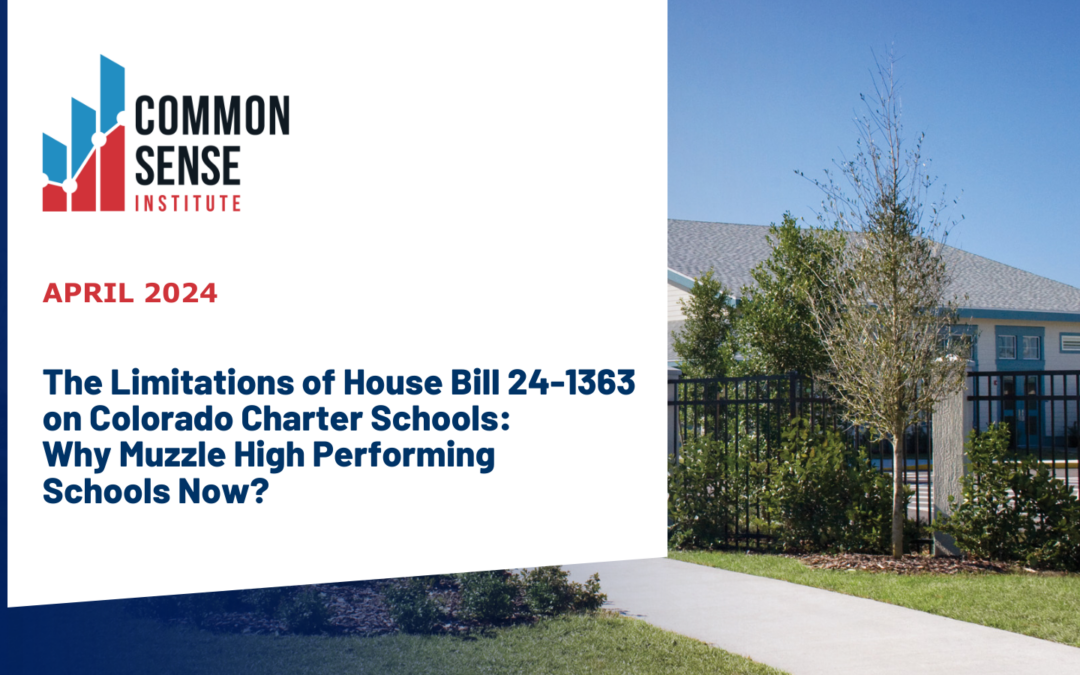
The Limitations of House Bill 24-1363 on Colorado Charter Schools Why Muzzle High Performing Schools Now?
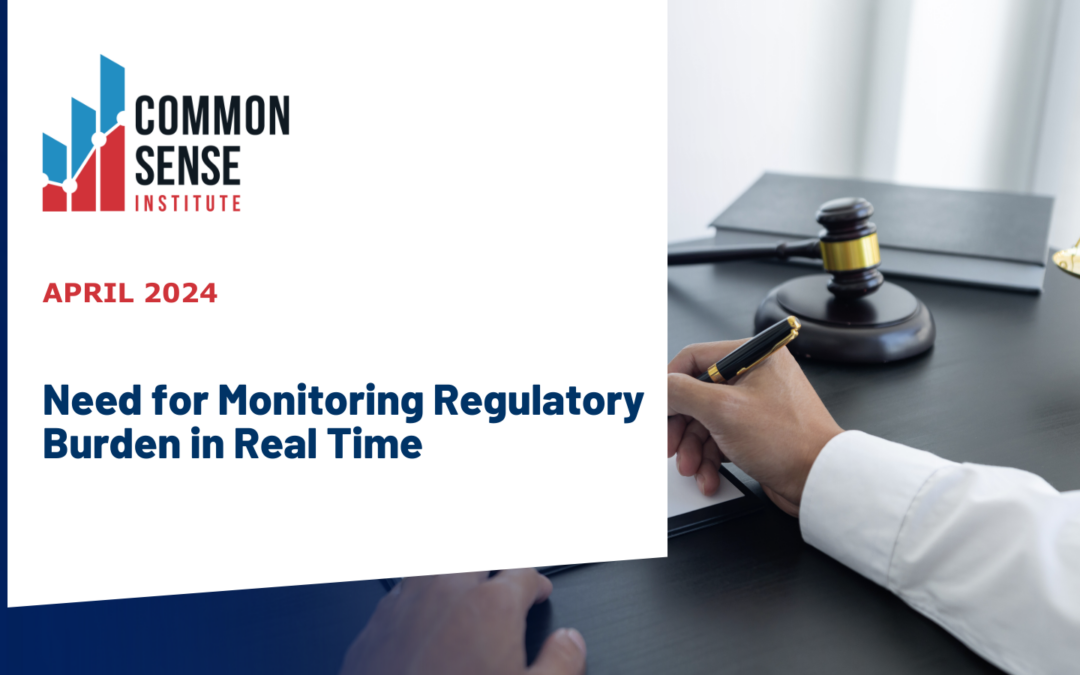
Monitoring Colorado’s Growing Regulatory Burden
Colorado’s free enterprise economic system is built upon a combination of federal, state and local laws. While federal policy can play a large role across certain industries, state policy plays a critical role in both accounting for regional differences and determining a state’s relative economic competitiveness.

Inflation in Colorado – March 2024 Update
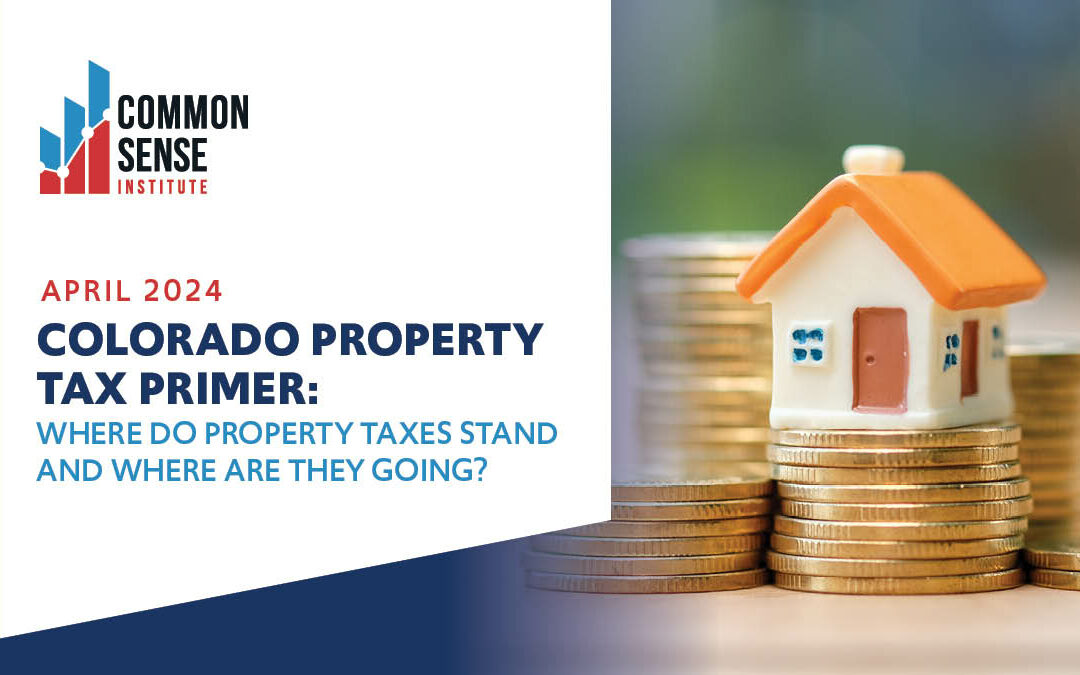
Colorado Property Tax Primer: Where do property taxes stand and where are they going?
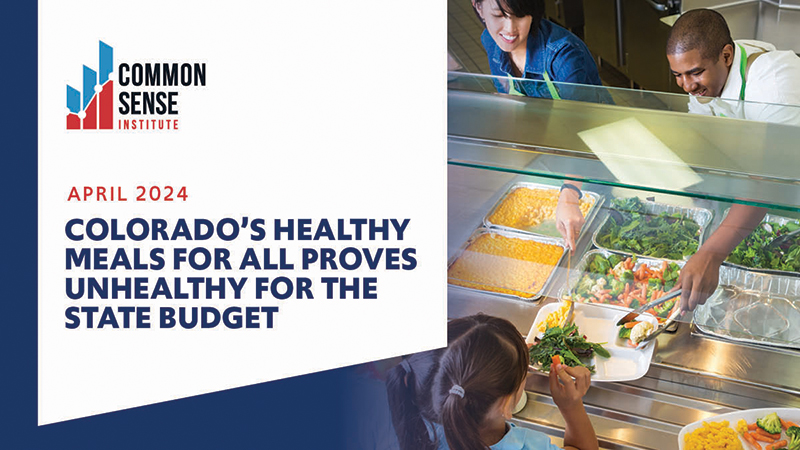
Colorado’s Healthy Meals for All Proves Unhealthy for the State Budget
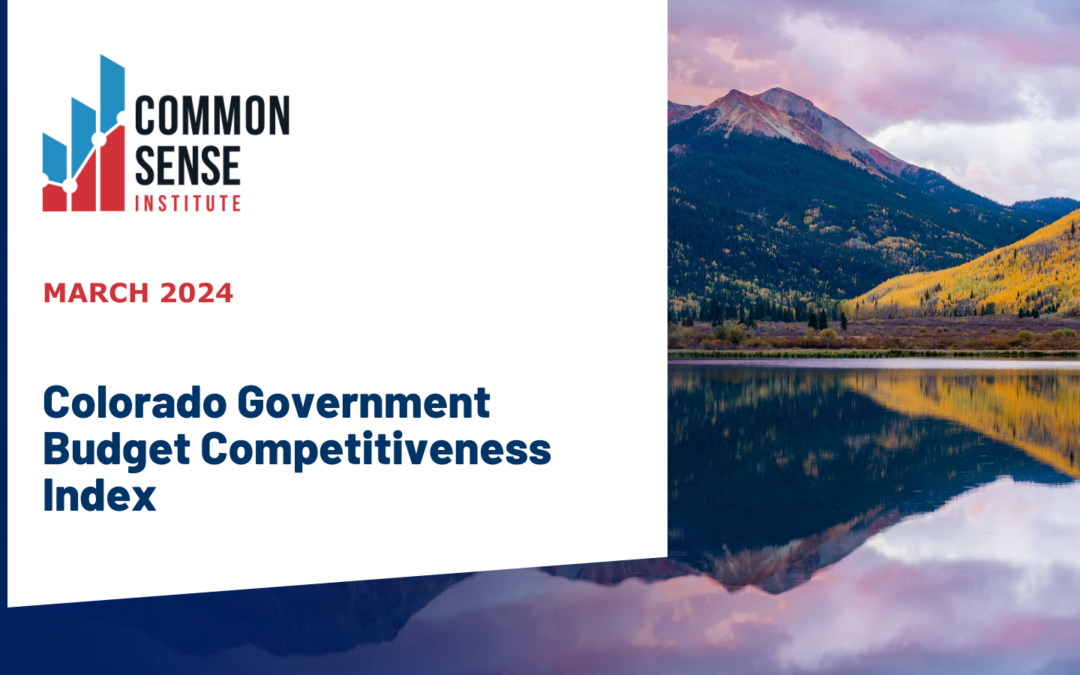
Colorado Government Budget Competitiveness Index

